Laura Castilla-Vallmanya
Project Manager
Lund University
Laura is a postdoctoral researcher at Lund University (Sweden). She obtained her PhD in Genetics from University of Barcelona (Spain) and has a strong background in studying human genetic variation and rare neurodevelopment disorders.
Recent ASAP Preprints & Published Papers
LINE-1 retrotransposons regulate the exit of human pluripotency and early brain development (Preprint)
Activation of transposable elements is linked to a region- and cell-type-specific interferon response in Parkinson’s disease





